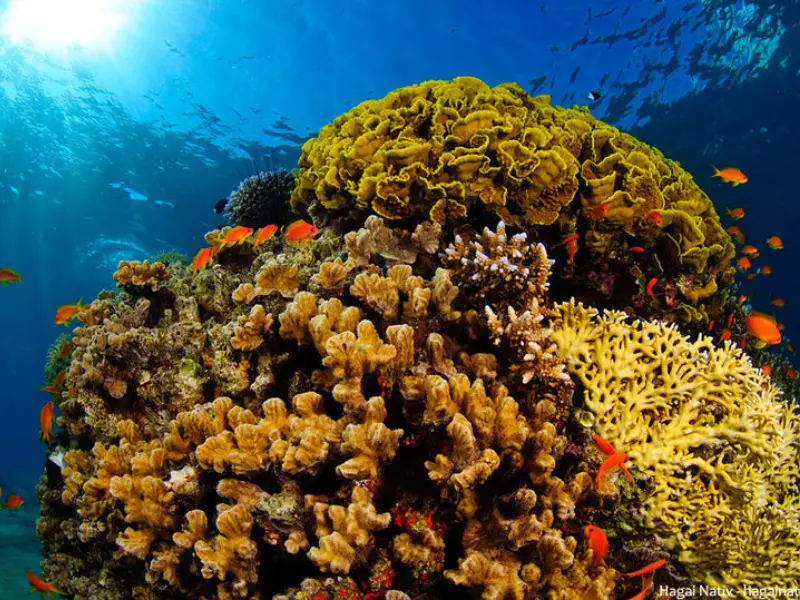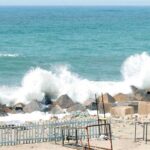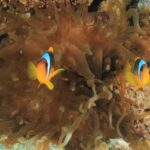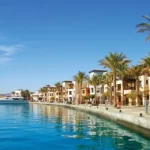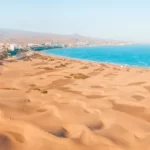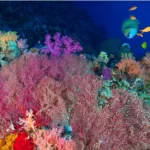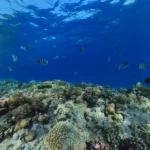Basically there are soft, leathery and hard corals, the latter including seafans and wire or whip corals. Corals are made up of two subgroups: the Octocorals and the Hexacorals, Literally meaning their haveing eight or six tentacles per individual polyp.
Red Sea Coral Reef 360°

Vibrant Soft Coral
Dendronephthya Hemprichi
Tree-like in form but grows more laterally in two dimensions and is pale pink to ochre in colour. At night, many small invertebrates can be found on it.

Klunzinger's Soft Coral
Dendronephthya Klunzingeri
Purple-red in colour and something an icy white with blue tips. Often shrinks to half its size when not feeding. Has conspicuous calcium spicules in the skin and is home to many different invertebrates.

Common Toadstool Coral
Sarcophyton Trocheliophorum
Usually on a single stalk with large lobes that are smooth in nature until feeding, when the tiny, stalked, anemone like polyps extend. Lives in well lit reefs areas.

Broccoli Coral
Lithophytum Arboreum
Pale in colour and usually branches out from a single round stem. Often found overgrowing damaged coral. Enjoys currents and offshore reefs and at night will host several different species of invertebrate.

Black Coral Tree
Antipathes Dichotoma
Creates large, tree-like formations from a single strong stem, which may be over 20 cm. Dark greenish-brown colour, but with a black skeleton, it is highly prized in the jewellery trade. Home to many other filter feeders, such as corals and winged oysters, as well as Longnose Hawkfish.

pulsating xenid
Heteroxenia Fuscescen
Forms small clusters of long-stemmed, pele-coloured polyps. Most noticeable by the pumping action of their opening and closing polyps as they feed in the current.

Spiral wire coral
Cirrhipathes Spiralis
Common on lower reef walls, it stretches out into the current and can be straight or spiral in formation. Unable to retract its polyps and is home to an array of coral gobies and tiny shrimps.

Cluster Seawhip
Ellisella Juncea
Forms many large upright whips from a large communal base and is roughly cylindrical in extent. Common on deeper reefs, but in a well-lit position and usually in strong current, where it feeds on passing plankton.

Splendid knotted fan coral
Acabaria Splendens
Dark red skin is outlined by its white feeding polyps. Often found in small clusters where a few individuals will grow together. Always grows adjacent to the current.

Purple Candelabra
Pseudopterogoria Bipinnata
Distinctive purple gorgonian with a good fan shape and branching arms with purple polyps.

Purple Dwarf Gorgonian
Diodogorgia Nodulifera
Brilliant purple, small seafan, often on deeper reefs in a shaded position, or on shipwrecks. Good fan shape with wide branching arms.
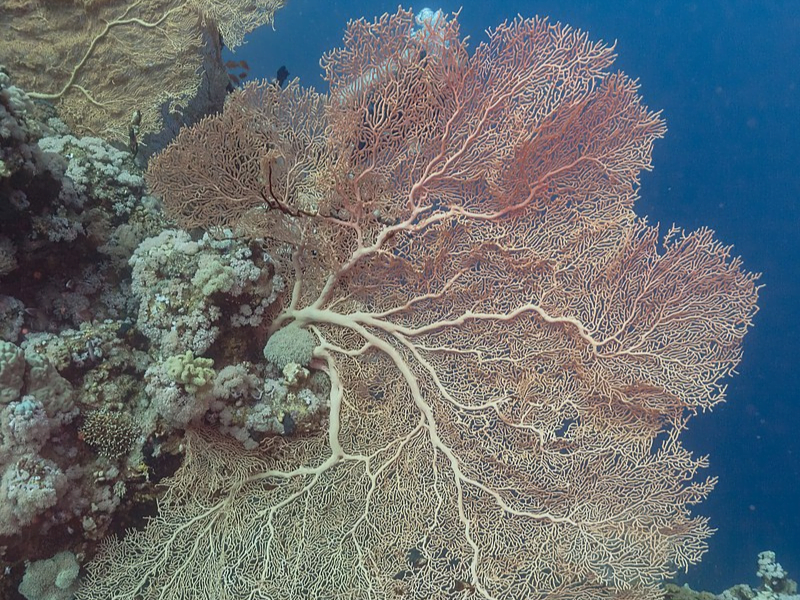
Giant Seafan
Annella Mollis
Usually pale cream in colour. Often on its own on the lower reef wall below 18 m (60ft). Widely colonized by numerous small corals and many fish use it as their home. Ras Umm Sid has superb examples.
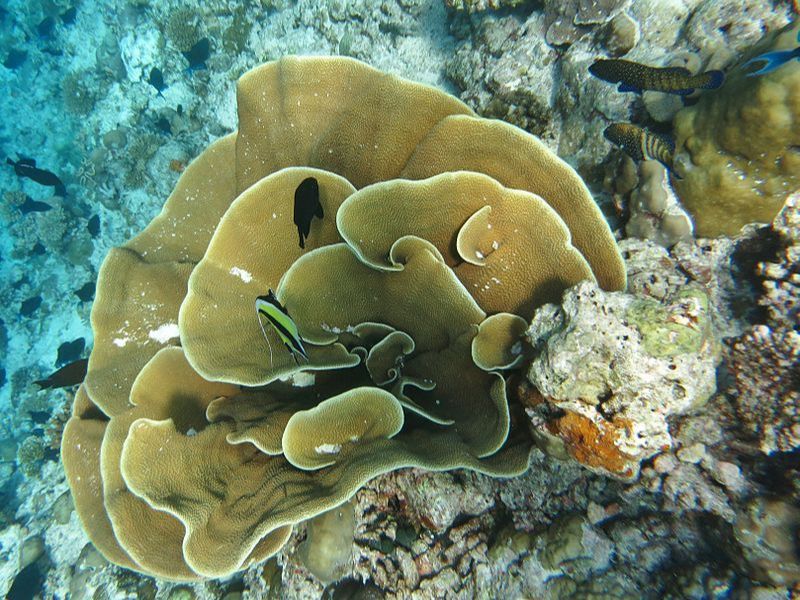
Yellow Waver Coral
Turbinaria Mesenterina
Very distinctive, wavy lined structure with deep valleys between each rise. Olive-green to yellow-green in colour, very knobbly in appearance as each polyp has a cone-like structure. Likes bright, well-lit water, usually in less than 18 m (60ft) of water and known to have many different species of chromis and damselfish living on them.
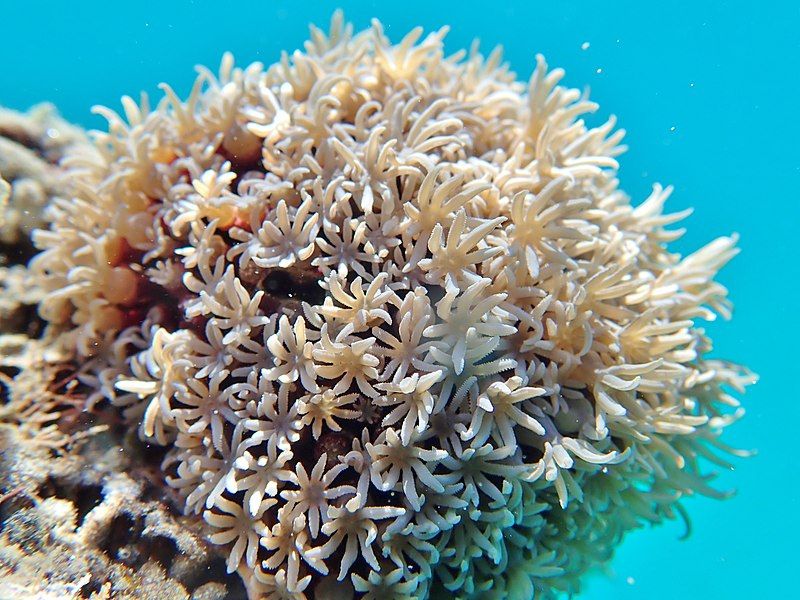
organ Pipe Coral
Tubipora Musica
Dark purple/red/white in colour, the skeleton is made up of thousands of small jointed tubes. Polyps are a pale violet or pink and easily retractable, as they are pressure sensitive. Likes well-lit, shallow reef walls and tends to extend out from the reef.
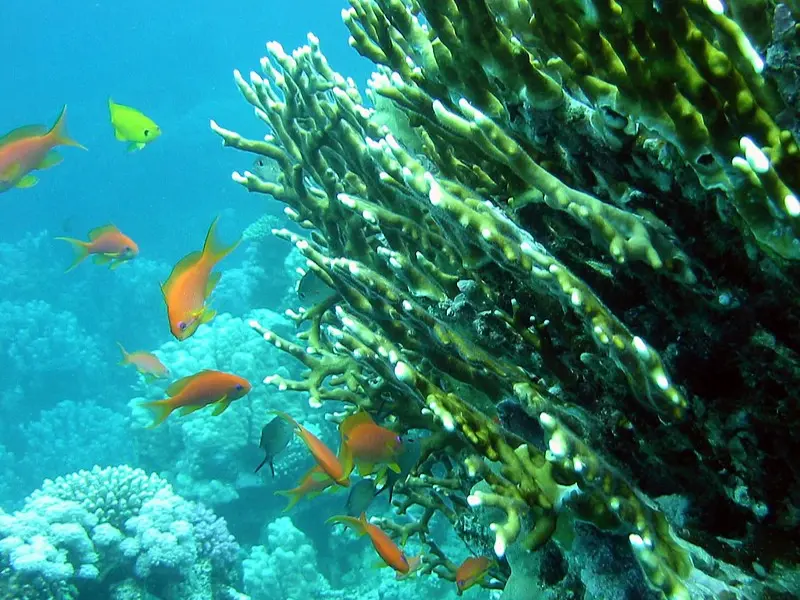
FIRE CORAL
Millepora
Often found in shallow reef areas, and has a distinctive brown, green, or yellow appearance. Its small polyps are capable of stinging when touched, causing a painful burning sensation. It is important to exercise caution and avoid touching it while swimming or diving. Note that the sting of fire coral can cause an allergic reaction in some individuals, which can lead to symptoms such as swelling, itching, and difficulty breathing. If you are stung by fire coral, rinse the affected area with vinegar or saltwater, and seek medical attention if symptoms persist.
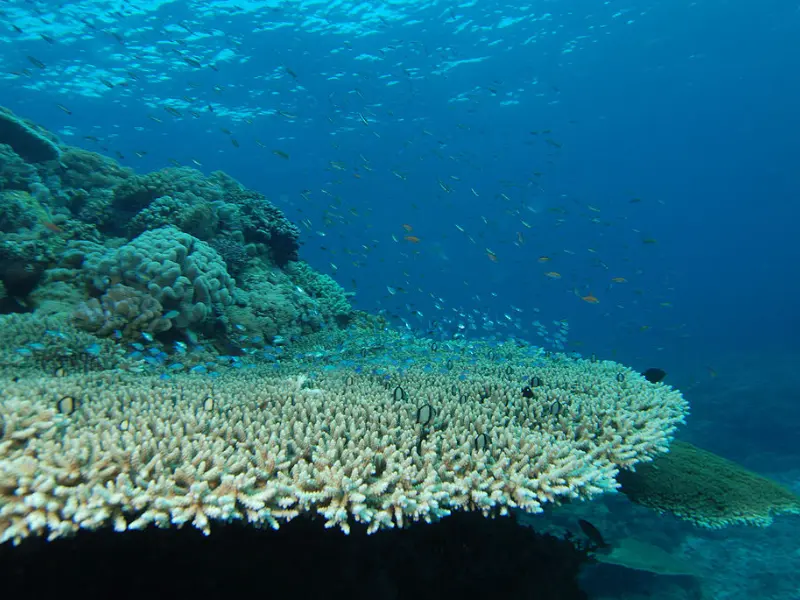
STONY CORAL
Acropora
Backbone of Red Sea reefs, forming large colonies that provide shelter for a vast array of marine life. These corals have a hard, stony skeleton and come in a range of colors and shapes. Acropora spp. is a common type of stony coral found in the Red Sea, with branches that form intricate structures. They prefer shallow, well-lit areas of the reef and are highly susceptible to bleaching events caused by rising sea temperatures. Conservation efforts are underway to protect and preserve these important reef-building corals.
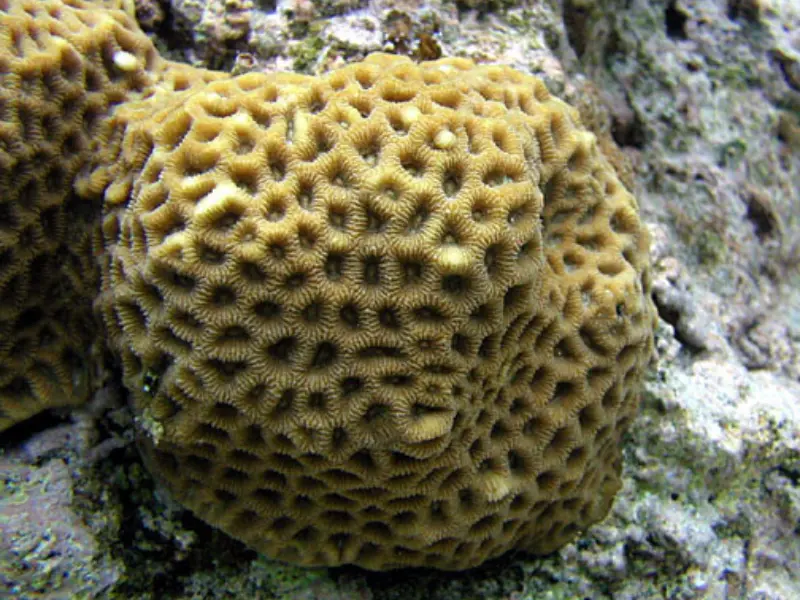
BRAIN CORAL
Favia
Get their name from their distinctive ridges and valleys that resemble the folds of a brain. They are typically dome-shaped and come in a range of colors, including brown, green, and purple. Favia is a common type of brain coral found in the Red Sea, with polyps that extend during the day to feed on plankton. They are found in shallow to moderate depths on the reef and are an important habitat for a variety of fish and invertebrates.
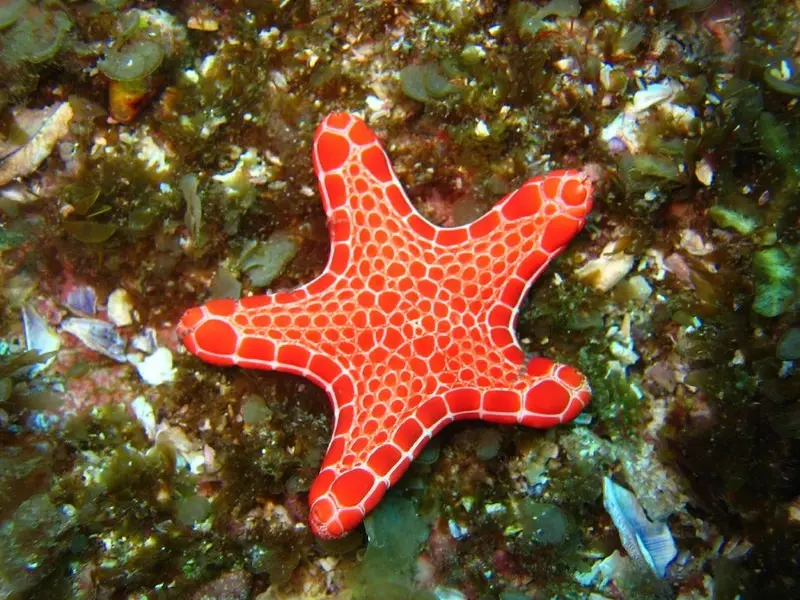
STAR CORAL
Pentagonaster dubeni
A type of stony coral that forms star-shaped colonies. The polyps of the coral are typically green or brown and have long, flowing tentacles that capture food from the water. Pentagonaster dubeni is a common type of star coral found in the Red Sea, with a deep red coloration and small, star-shaped polyps. They are typically found in shallow to moderate depths on the reef and are an important part of the reef ecosystem.
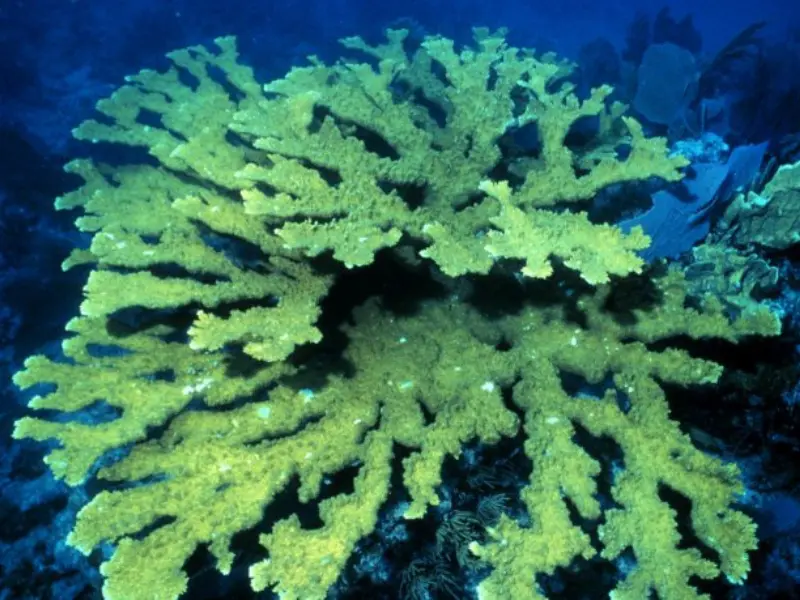
ELKHORN CORAL
Acropora palmata
Large, branching stony coral that gets its name from its antler-like shape. It is typically found in shallow, high-energy environments and is an important reef-building coral. Acropora palmata is a common type of elkhorn coral found in the Red Sea, with branches that can grow up to 3 meters in length. Unfortunately, this coral is highly susceptible to bleaching events and disease outbreaks, and populations have declined significantly in recent years. Conservation efforts are underway to protect and restore these important coral habitats.
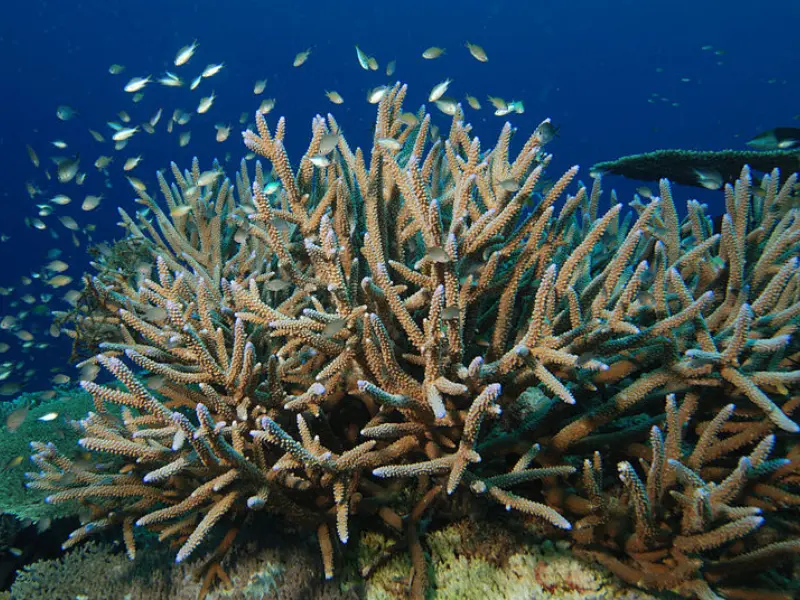
STAGHORN CORAL
Acropora cervicornis
It is an important reef-building coral, and provides habitat for a variety of marine organisms in the Red Sea. typically brown, tan, or yellow in color, although it may appear blue or purple when viewed under certain lighting conditions. It is a fast-growing coral, with branches that can grow up to 20 centimeters per year in ideal conditions. This coral is found in shallow waters, typically at depths of 3 to 25 meters. Researchers are working to understand the factors that contribute to the coral’s health and resilience, and to develop strategies to protect and restore damaged reefs.
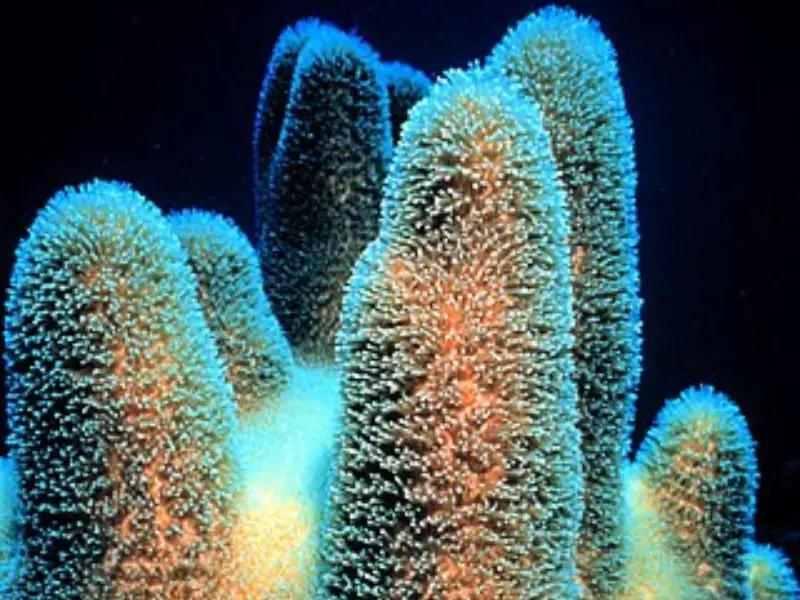
PILLAR CORAL
Dendrogyridae
Large, branching coral that can grow up to three meters tall. It has thick, sturdy branches and a rough, textured surface that can be pink, orange, or brown. Pillar coral is found in deeper waters and is an important habitat for many species of fish and invertebrates.
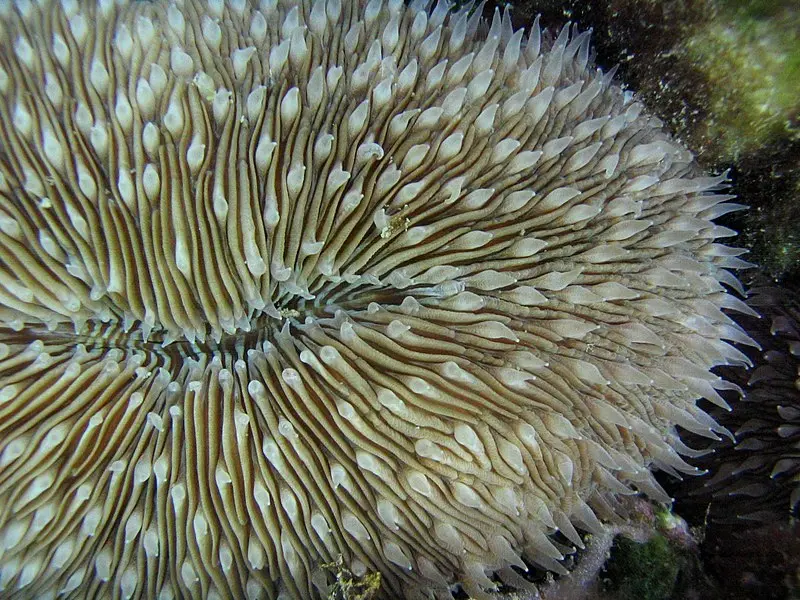
MUSHROOM CORAL
Fungiidae
Type of coral that forms large, round discs that can reach up to 60 centimeters in diameter. It has a smooth, leathery surface and can be found in a range of colors including brown, green, and purple. Mushroom coral is found in shallow waters and is an important part of the reef ecosystem.
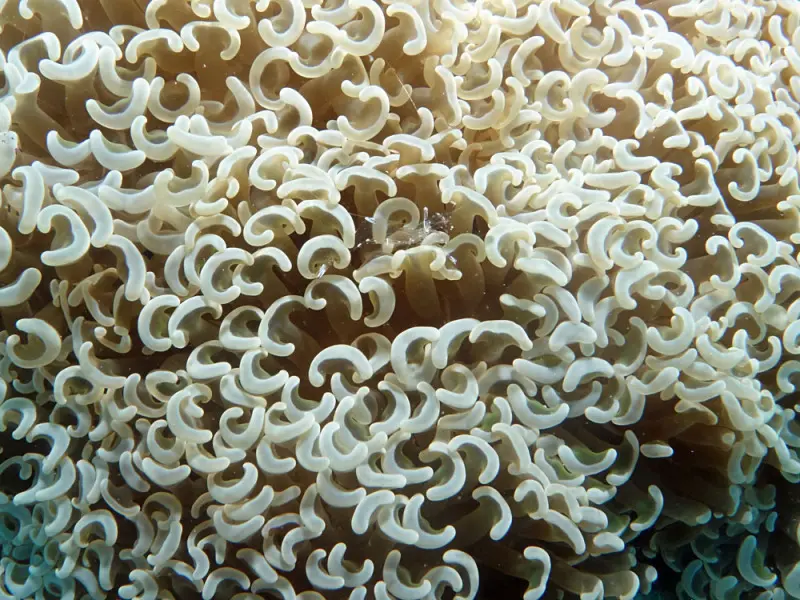
HAMMER CORAl
Euphyllia ancora
This coral gets its name from the shape of its tentacles, which resemble the head of a hammer. It is a popular coral in the aquarium trade due to its unique appearance and ease of care. Hammer coral is found in shallow, well-lit areas of the reef and can form large colonies over time.
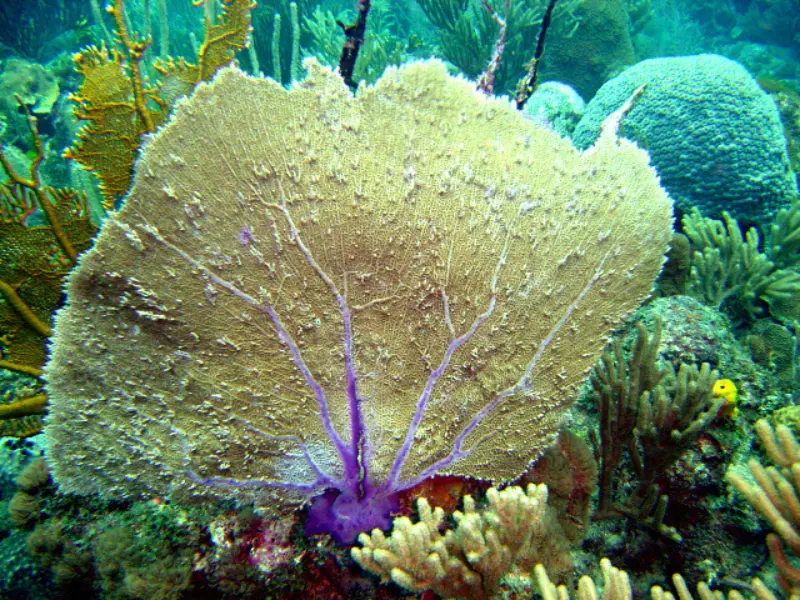
SEA FAN CORAL
Gorgonians
A type of soft coral that forms a fan-like shape, the Sea Fan Coral is found in the Red Sea and throughout the world’s oceans. It comes in a variety of colors, including purple, orange, and yellow, and can grow up to several feet in size. It is a filter feeder, meaning it captures small organisms from the water for food.
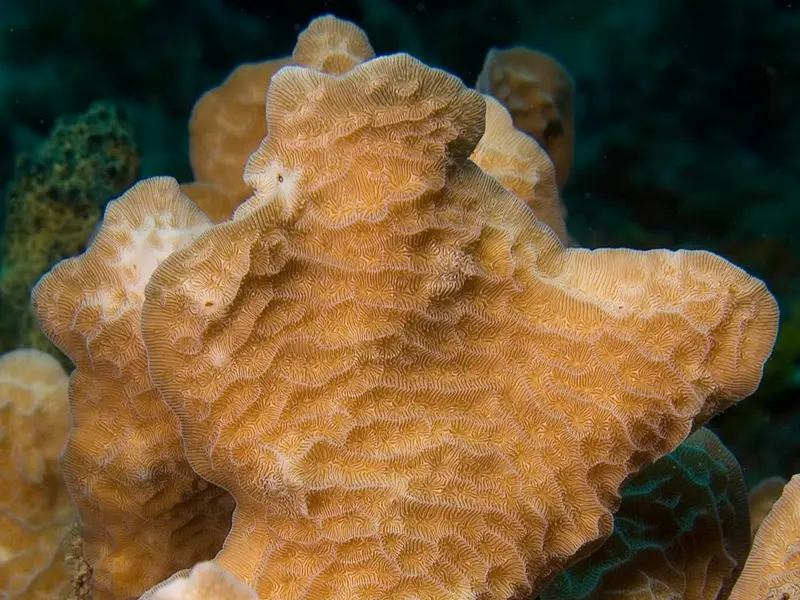
LETTUCE CORAL
Agaricia Tenuifolia
A type of hard coral that forms large, leaf-like plates. It is found in the Red Sea and throughout the Caribbean, and is an important contributor to the overall health of the reef ecosystem. It is also a popular choice for home aquariums, but requires specialized care to thrive.
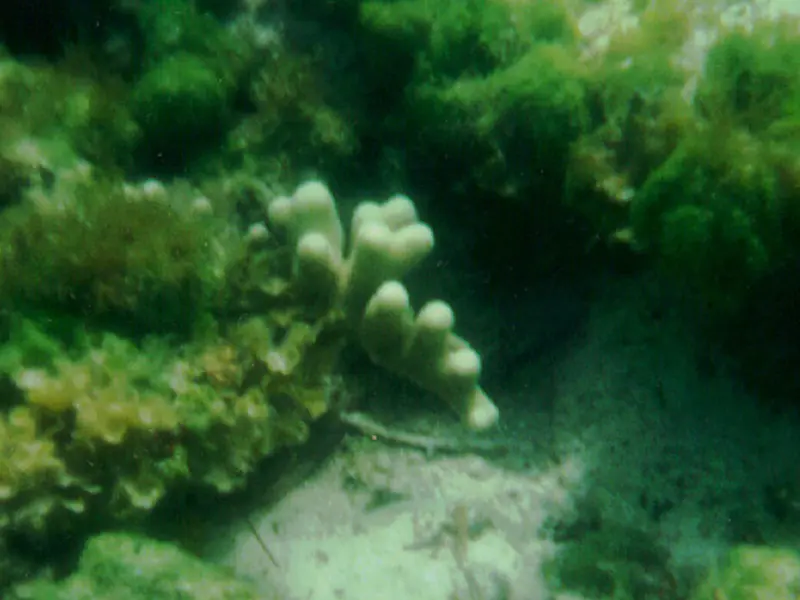
FINGER CORAL
Porites
A type of hard coral is known for its finger-like projections and branching structures. It is found in the Red Sea and throughout the world’s oceans, and provides habitat for many small fish and invertebrates. It is also an important contributor to the overall health of the reef ecosystem, as it helps to protect the shoreline from erosion and storm damage.
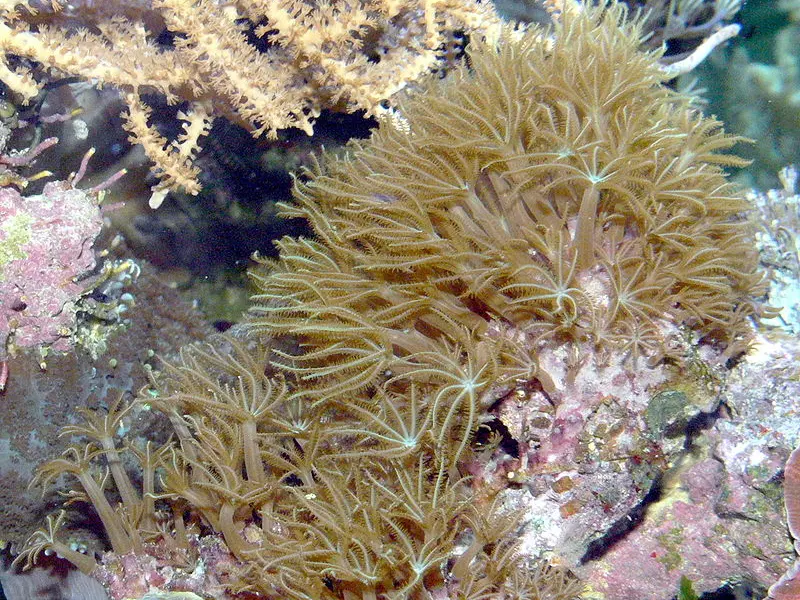
GREEN STAR POLYP CORAL
Briareum
A type of soft coral that is known for its bright green color and star-shaped polyps. It is found in the Red Sea and throughout the world’s oceans, and is a popular choice for home aquariums. It is relatively easy to care for and can quickly grow and spread to cover rocks and other surfaces.
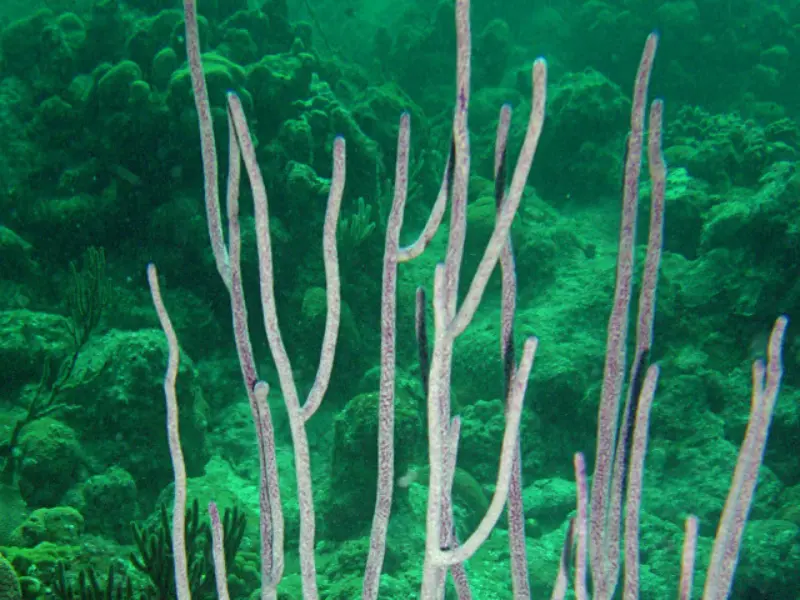
SEA WHIP CORAL
Ellisella
A type of soft coral that forms a whip-like shape. It is found in the Red Sea and throughout the world’s oceans, nd can grow up to 3 meters in length. It is usually brown or tan in color, but can also appear in shades of yellow, orange, and purple. The Sea Whip Coral is typically found in areas with moderate to strong water currents, as it requires constant movement to feed and remove waste.
